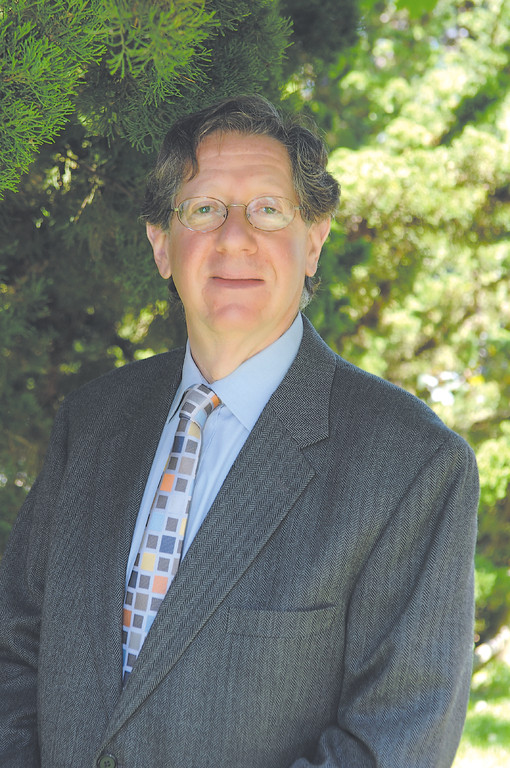The Daf Yomi Sukkah, studied in the snow
Just over 50 years ago a new publishing company launched its very first project, the publication of a new specially typeset Bible in Hebrew called “The Koren Jerusalem Bible.” This work was historic in many ways, but for our purposes this week, I make note of this event to give it a perspective in the latest project by Koren, that being the publication of a first ever Israeli edition of an English translation and commentary of the Talmud Tractate of Sukka based upon the original Rabbi Adin Steinsaltz Hebrew commentary.
This work is timed to the Daf Yomi schedule, for those following this worldwide learning regimen, that has the upcoming study of Sukka to begin this Wednesday, Feb. 5. The irony is that the study of the rituals of a fall festival, as timed to be studied in this cycle, falls in the dead of winter.
In his work, “Change and Renewal,” Rabbi Adin Steinsaltz describes the festival:
“The experience of joy on a festival would be more understandable in the context of days of commemoration, days on which specific events occurred and whose anniversaries evoke memories of joy. … The festival of Sukkot, however, the ‘Season of our Rejoicing,’ is not a commemoration of any specific historical event.”
Rabbi Steinsaltz continues his thesis on the uniqueness of this holiday’s theme by noting an overriding feeling of joy that permeates the holiday observance, both in ritual, of which this holiday abounds, and spirit, in terms of liturgy, and behavior.
The Talmudic work of Sukka goes into great detail in terms of ritual observance. What makes this volume special are the layout and quality of translation, the use of sidebar graphics that direct the student learner to enhance his or her study of the text with enhanced commentary on historical background, notes, language, and most important of all, halachah.
Unique to this work is the use of pictures in color graphics that augment the written text, giving the pages an enhanced visual image that serves to reinforce the comprehension of the ancient words. These visuals are drawn from numerous sources, including Rabbi Alex Israel, The Temple Institute, Neot Kedumin — The Biblical Landscape Reserve, and the Israel Antiquities Authority.

 47.0°,
Overcast
47.0°,
Overcast 




